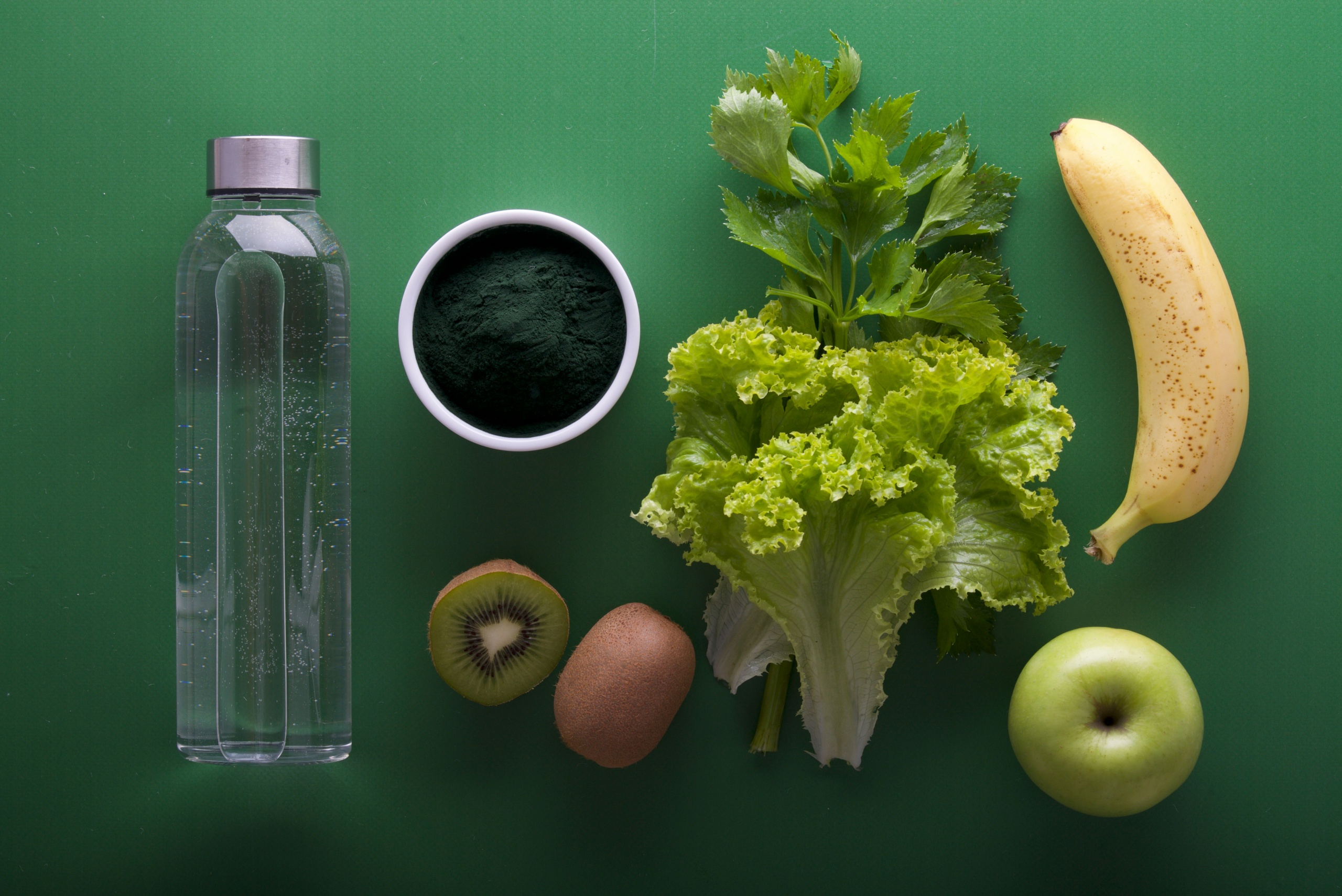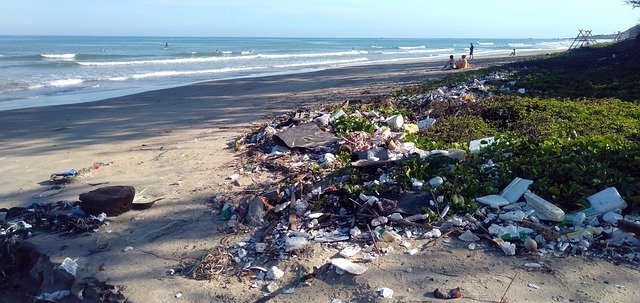By Sakshi Kabra Malpani, Publishing Associate: Researcher and Writer at Save the Water™ | January 30, 2024
Fruit peel waste, a food industry byproduct, recently gained attention as a potential eco-friendly and cost-effective material for water purification. Fruit peel waste makes approximately 15 to 60% of the 25 to 57 million tons of fruit waste generated worldwide per year. Global concerns like water scarcity and pollution require innovative and sustainable solutions using similarly overlooked resources.
Water Purification Using Fruit Peel Waste
Water pollution is a growing environmental challenge. It affects both developed and developing nations. Fruit peel waste has shown remarkable adsorption potential for various water pollutants, including heavy metals, toxic dyes, and organic contaminants. Since they’re biological materials, they also act as biosorbents. They can treat polluted water in a few ways:
- Biosorbents developed from fruit peel waste can treat pollutants from different industries like paper and pulp manufacturing, textile industries, power generation, mining operations, and much more.
- Singaporean scientists made a water purifier out of fruit peels to be used in remote areas with limited electricity access. They used orange and banana peels to make MXene (molybdenum carbide) materials that act as solar absorbers in water desalination.
- Citrus fruit peel wastes have been also used as natural coagulants to remove turbidity from wastewater with 75% efficiency. Moreover, these coagulants can suitably replace harmful chemical-based coagulants. A group of scientists produced activated carbon from orange peels which was used to remove harmful pharmaceuticals from water.
- Orange peel powder and iron oxide-hydroxide mixed orange peel powder can effectively remove lead from wastewater. These materials have been reused up to 5 times with good results.
- Orange peel powder can also clean textile wastewater by removing harmful dyes, excessive salt content, and toxic heavy metals. Furthermore, the used peel powder was also added to cow dung to produce biogas as part of the recycling process.
- Low-cost adsorbents like charcoal made from apple peels can remove heavy metals like copper and chromium from wastewater.
- Dry banana and orange peel powders can effectively remove turbidity and harmful microbes from wastewater in an eco-friendly manner.
- Several fruit peels were found to remove toxic dyes and heavy metals like iron, nickel, cobalt, and chromium from wastewater.
What Exactly are Fruit Peel Wastes?
Fruit peels are residues left after making, processing, and eating fruits. They’re extremely rich in bioactive compounds such as pectin, cellulose, polyphenols, tannins, and essential oils. However, different fruit peels have different compositions and properties. Fruit peels are generally disposed of using two methods:
- Incineration: The burning of waste materials at high temperatures. During this process, harmful pollutants and poisonous gasses that can increase health risks are released into the atmosphere.
- Dumping in landfills: This is the careless disposal of fruit peel waste in dumping grounds. This process releases harmful gasses like methane and carbon dioxide into the environment.
Fruit juice industries cause most fruit peel waste. These include peels from citrus fruits, watermelons, apples, bananas, pineapples, and many more. More work must be done to encourage the use of fruit peel waste as water filters rather than just disposing of them.
What Can You do?
Fruit peel waste promises to be an effective material for water purification. It offers sustainable solutions to water pollution challenges:
- You can use cost-effective, environment-friendly water purifiers and adsorbents for household purposes.
- Corporate organizations, industries, communities, and government bodies can install filters for public use and provide funding for their large-scale production.
- Further research and development are crucial to harness the full potential of fruit peel waste in addressing global water quality issues.





